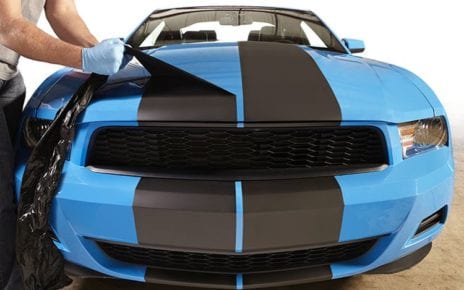A pre-purchase inspection is your secret weapon in the used car buying world. It can help you separate dream cars from lemons.
Get down on your hands and knees and look for paint bubbles or rust around the lower doors, fender areas, and trunk/hatch areas. Also, check the hood for dust and oil spots.
Exterior
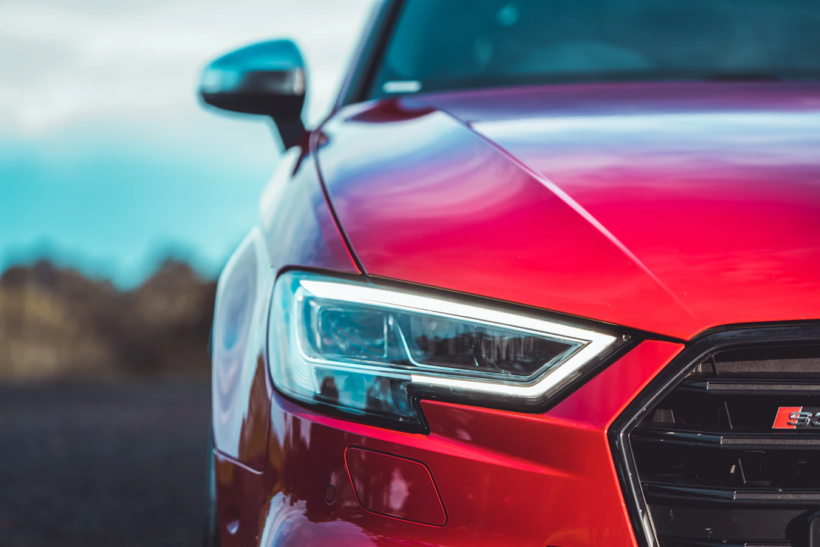
Inspect the vehicle in person, whether buying from a dealership or an individual seller. Look for signs of repainting, such as paint overspray or panels that don’t line up correctly. Also, check for rust or blistered paint, indicating damage or structural failure.
Take note of the headlights (daytime, nighttime, and high beams) and the fog lights, license plate lights, and turn signals. Be sure the windshield is free of cracks and chips as well. Check all interior lights and controls, including the dashboard and glove box lights.
Tires
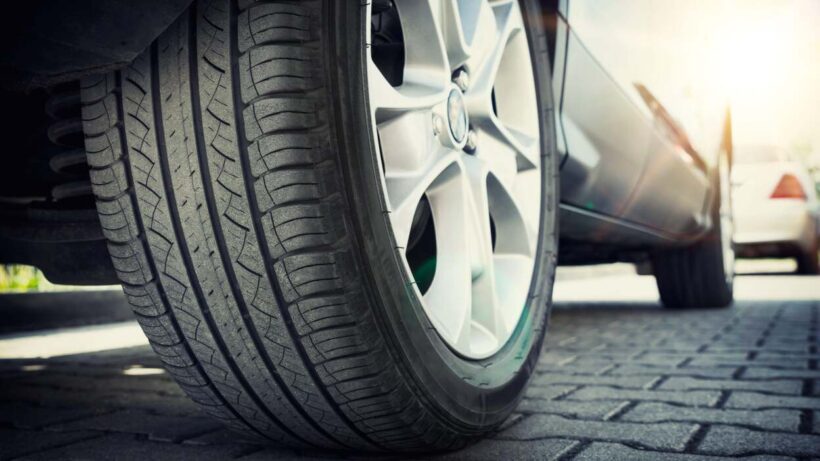
During a visual inspection, look for bulges and scuffing on the sidewalls of each tire. Also, inspect the spare and make sure it has a jack and lug wrench. Check the tires’ air pressure specification to ensure they are at the manufacturer’s recommended psi. Properly inflated tires improve fuel economy and driveability.
When shopping for used cars Kingston, run the vehicle history report to discover important information such as past accidents and title issues. Ask the seller to allow an independent mechanic to inspect the vehicle before you buy.
Interior
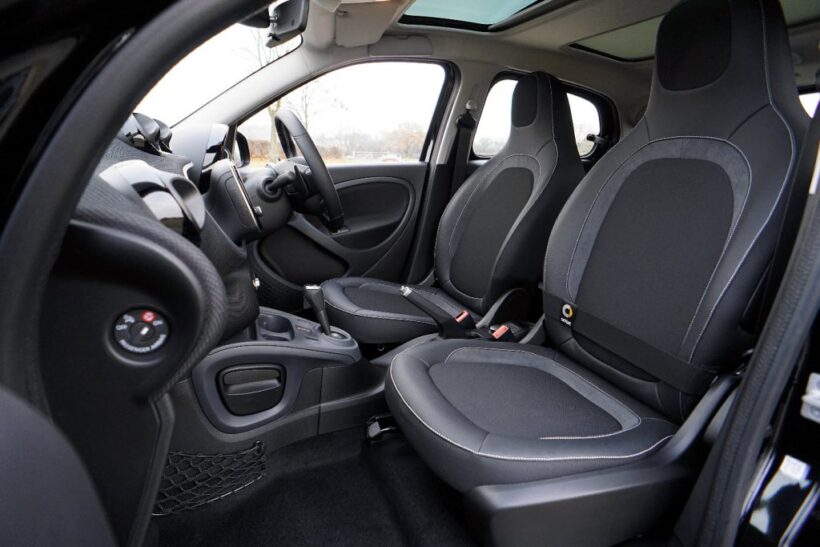
The interior of a used car can reveal quite a lot about how the car was cared for. Look for scratches, dents, and paint mismatches, especially in large areas.
Inspect the trunk, dashboard, and electronics. A flashlight can help you to inspect dark places.
Getting excited about purchasing a car can lead to overlooking technical, cosmetic, and safety flaws during visual inspections and test drives. A professional inspection by a mechanic can reduce buyer’s remorse and add peace of mind to your purchase. Inquire about a pre-purchase inspection with your preferred Canandaigua, NY, dealer or an independent professional.
Engine
A comprehensive used car inspection will reveal a vehicle’s condition and help protect you from surprise repair or maintenance costs. An expert will also check to ensure any previous damage has been properly fixed.
Look for signs of repainting and replacement panels on the body. Also, be sure to examine the carpet and upholstery for discoloration. These could be signs of water damage and are an essential indication of a vehicle’s history. A good mechanic should be able to assess these issues and give you peace of mind when making your purchase.
Transmission
A professional inspection conducted by a mechanic that isn’t associated with the dealer is an extra level of security that can help buyers avoid a lemon. The mechanic can use a checklist to find potential problems that need to be more evident to an untrained eye.
Start by running a vehicle history report. This can reveal whether the car has been in a flood or suffered severe damage from an accident.
If the seller is far away, consider a video call inspection. This can allow you to inspect the exterior and interior from various angles, asking the seller questions in real time.
Brakes
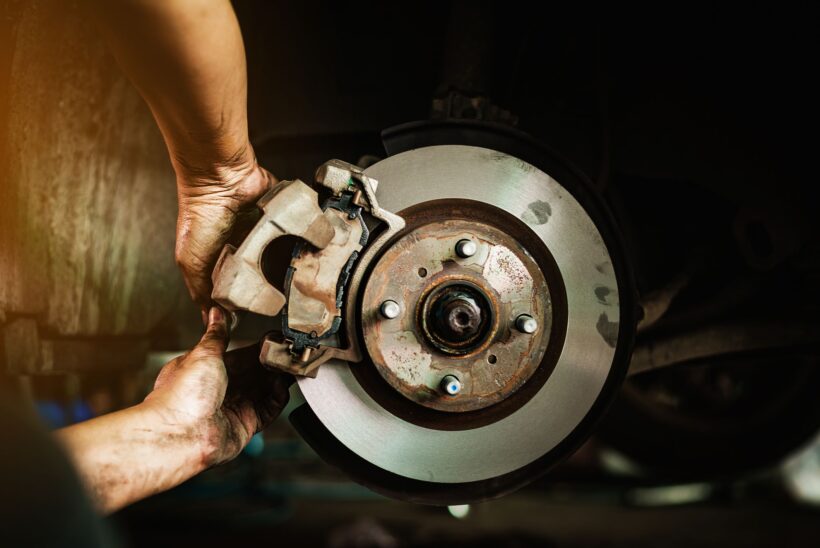
While at it, check that all car controls work, from the air conditioning to the stereo. If they’re not working, this could be a red flag.
Brake Pads and Shoes
If you hear a deep, low noise that sounds like metal grinding against metal, it may indicate that the brake pads have worn out and are now rubbing directly against the rotors. This can cause further damage to the braking system and should be addressed immediately by a mechanic.
If you’re buying the car sight unseen, ask the seller to allow a mechanic to inspect it. Alternatively, please find a local independent mechanic and schedule an inspection at their shop.
Drivetrain
The drivetrain consists of many components collaborating with the engine to create rotational power and move the wheels. The transmission, differential, and drive shafts work with the machine to send that power to the front or rear (front-wheel, four-wheel, or all-wheel) wheels, enabling the car to drive forward, backward, and around turns.
A pre-purchase inspection can help you identify any potential issues with the vehicle and give you leverage in negotiating prices and conditions with the seller. If a used car dealer doesn’t allow you to inspect the vehicle, try asking a reputable independent mechanic nearby or online to perform a remote inspection.




